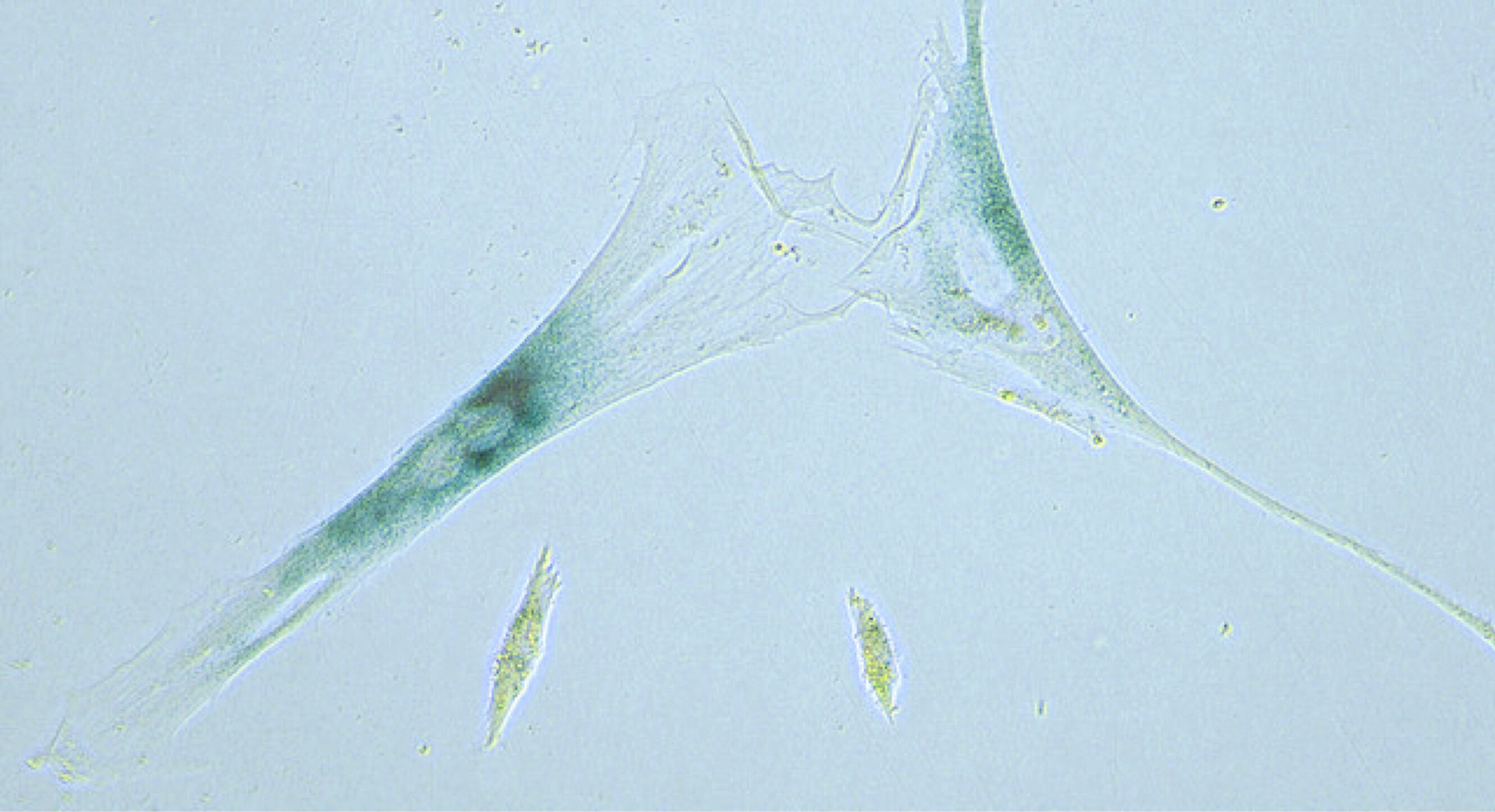Our bodies have some cells that have stopped their division and just get collected as we grow old. These cells are called senescent cells or zombie-like cells. These accumulated cells are dangerous to the fat cells, and if they are removed, they can alleviate diabetes symptoms in obese mice.
These cells can negatively affect the behavior of the adjacent healthy cells in the way they process sugars and proteins, leading to problems in metabolism. A new study at the University of Connecticut has found how these cells can help lessen the intensity of type 2 diabetes, a metabolic condition that affects almost 34 million people in the US.

This approach led them to focus on insulin resistance, a major risk factor for type 2 diabetes. It prevents the uptake of glucose, causing it to accumulate in the blood instead. This is often found in obese people. Hence, the experiment was carried out on obese mice.
The study showed that these cells had accumulated near the fat cells of mice and showed that intermittently clearing them away prevented and alleviated insulin resistance. The team also tested the ability of experimental senolytic drugs; dasatinib and quercetin to eliminate the senescent cells in human tissue in the lab and it proved to be successful.
“These drugs can make human fat healthy, and that could be great,” says study author Ming Xu. “The results were very impressive and cleared the route for potential clinical trials.”

It was revealed that the accumulated senescent cells showed high levels of a cyclin-dependent kinase inhibitor called p21. When the cells exhibiting these high levels were removed, it was seen that it can help alleviate the effects of diabetes.
“Although these preclinical results were very promising, large-scale clinical trials are absolutely critical to examine the efficacy and safety of these drugs in humans before clinical use,” says Xu.
The research was published in the journal Cell Metabolism.


